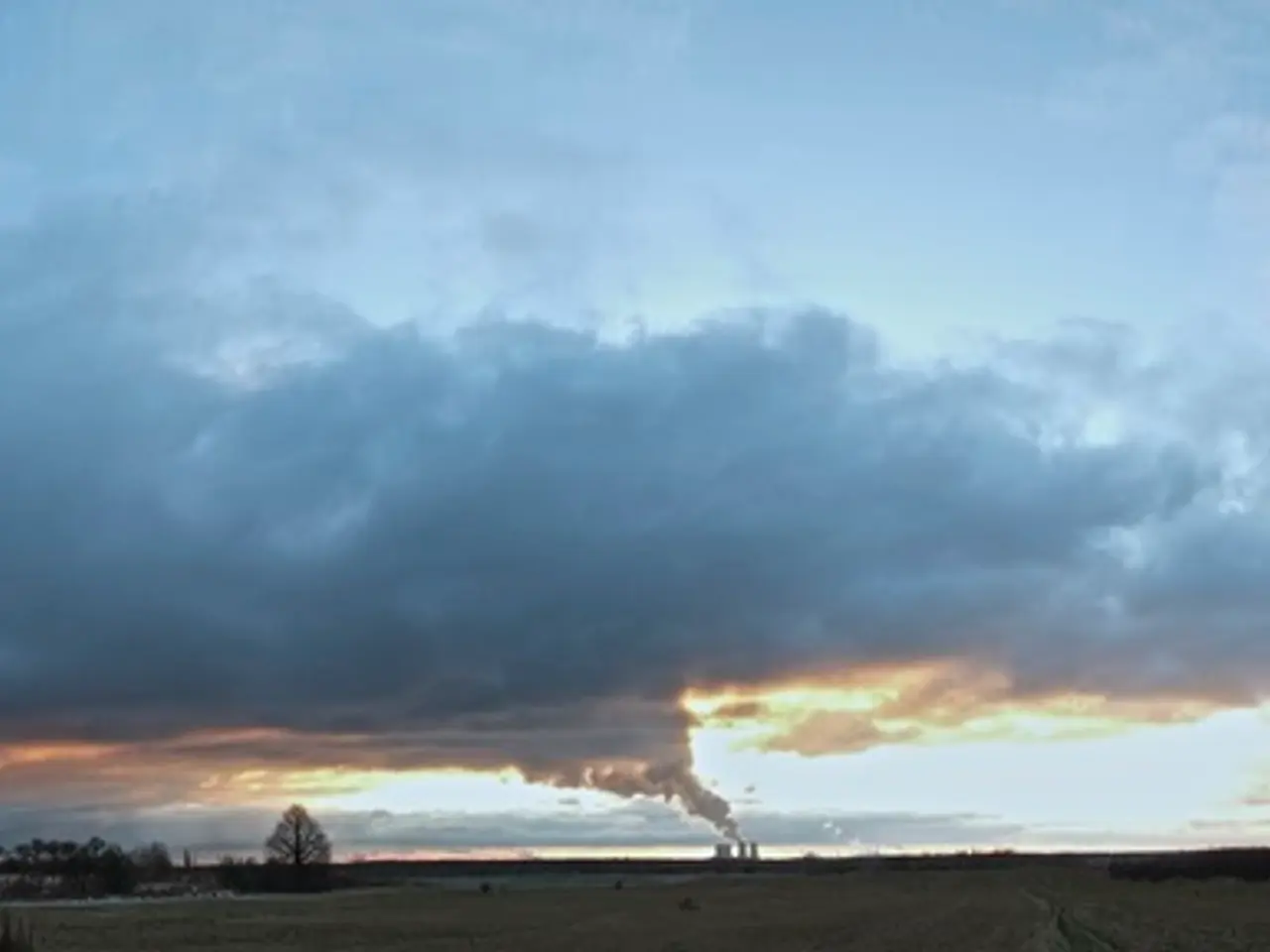Supreme Court's *West Virginia v. EPA* Ruling Reshapes US Climate Regulation
The Supreme Court's ruling in West Virginia v. EPA has reshaped the landscape of climate regulation in the US. While it preserves the Environmental Protection Agency's (EPA) authority to regulate emissions, it introduces significant challenges for ambitious smart goals.
The Court's decision, guided by the 'major questions doctrine', curtails the EPA's power to implement sweeping climate policies without explicit congressional approval. This limits the agency's ability to regulate emissions from power plants at a national level without specific legislative directives.
The ruling narrows the interpretation of the 'best system of emission reduction' under the Clean Air Act's Section 111(d), making cost-effective regulations more difficult. While the EPA can still regulate emissions using traditional methods, innovative approaches may face judicial skepticism. This could hinder the achievement of long-term climate forecasts, such as a zero-carbon grid by 2035 and net-zero economy-wide emissions by 2050, which still require legislative action.
The ruling may affect future vehicle emission standards, as it could influence their implementation. However, it does not directly impact them. The EPA can still regulate emissions using traditional methods, such as efficiency improvements, cofiring with natural gas or biomass, and carbon capture at individual power plants.
The Supreme Court's ruling in West Virginia v. EPA has significant implications for climate regulation. While it preserves the EPA's authority to regulate emissions, it introduces challenges that may hinder progress towards ambitious climate change mitigation. The ruling requires clear congressional authorization for agencies like the EPA to implement significant policies addressing climate change, making future regulations more challenging and costly. Legislative action is now crucial to achieve long-term climate goals.
Read also:
- chaos unveiled on Clowning Street: week 63's antics from 'Two-Tier Keir' and his chaotic Labour Circus
- Racing ahead in Renewable Energy Dominance: Changzhou, Jiangsu Pushes for Worldwide Renewable Energy Ascendancy
- Colorado's Proposition 112: A 2,500-Foot Fracking Buffer on the Ballot
- Renault Group to Discuss Decarbonization and Circular Economy Strategies at ChangeNow 2023 Event







